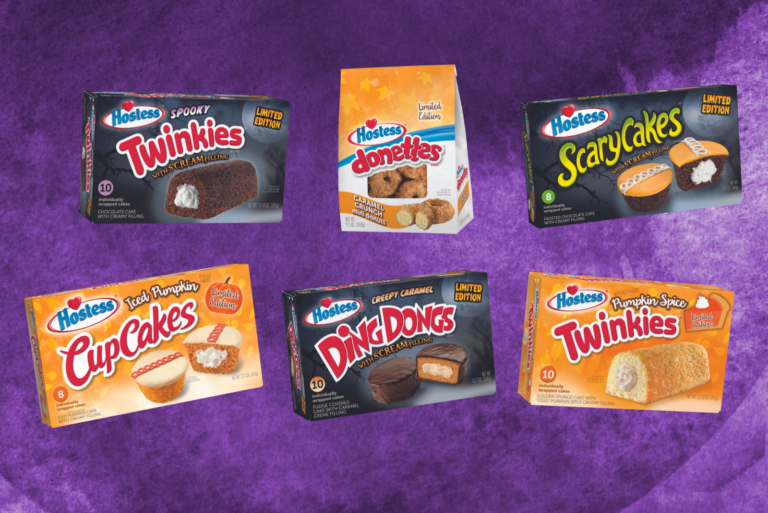KANSAS CITY, MO — This year was all about learning how to live with the challenges brought on by COVID-19 and how to move forward. As shoppers, students and workers returned to their in-person activities, the pandemic still impacts people’s everyday lifestyle.
SPINS, a leading health-and-wellness data consultant, recently outlined some of the top wellness-related consumer trends impacting the food and beverage industries including commercial baking.










